Celebrating 50 Years Young
Celebrating 50 Years Young
Proudly at the heart of Australian bedrooms since 1974, Snooze celebrates 50 years of style and comfort.
Join us on a journey through the decades!

70s: A Waterbed Moment
Regardless of whether you were around back then, the 1970s gave us an unmistakable aesthetic. It was a decade of bold and earthy tones, often mixed together. Most importantly we have the 1970s to thank for the rise of the waterbed. Waterbeds captured the imagination of Australians and made their way into bedrooms around the country. At the time they were a novelty, celebrated as innovative, stylish, and luxurious.
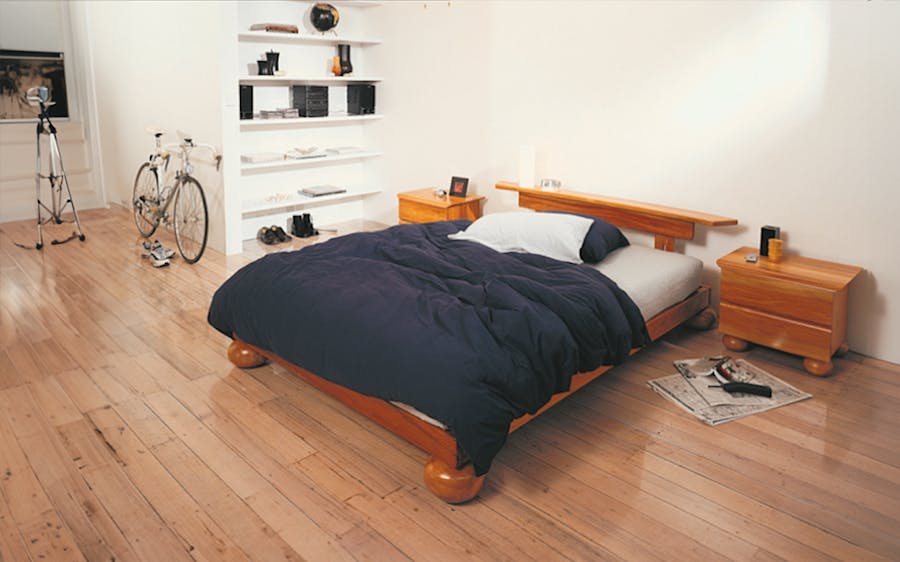
80s: Curves Ahead
The 1980s brought with it a wave of excess and flamboyance. In any number of homes, you would typically find brass-and-glass tables, gilded lighting, black lacquer and laminate furniture trimmed in metallics, and fresh, bright colours such as pink, seafoam green, and turquoise. During the 1980s the popular designs of the day were chunky colonial-style beds often with curved edges.
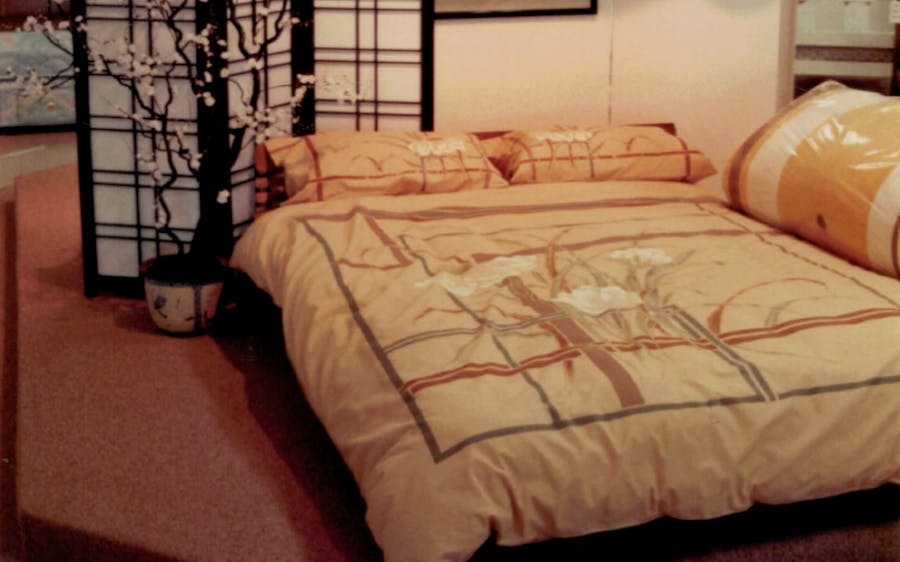
90s: Embracing the Exotic
The 1990s welcomed canopy beds draped in airy materials and saw a thirst for Eastern culture and design. The futon bed satisfied this craving. They were exotic, artistic, and more versatile than a regular bed. Futons appealed to the growing trend of minimalist living, while their dual functionality made them especially attractive to young adults seeking affordable and practical furniture.
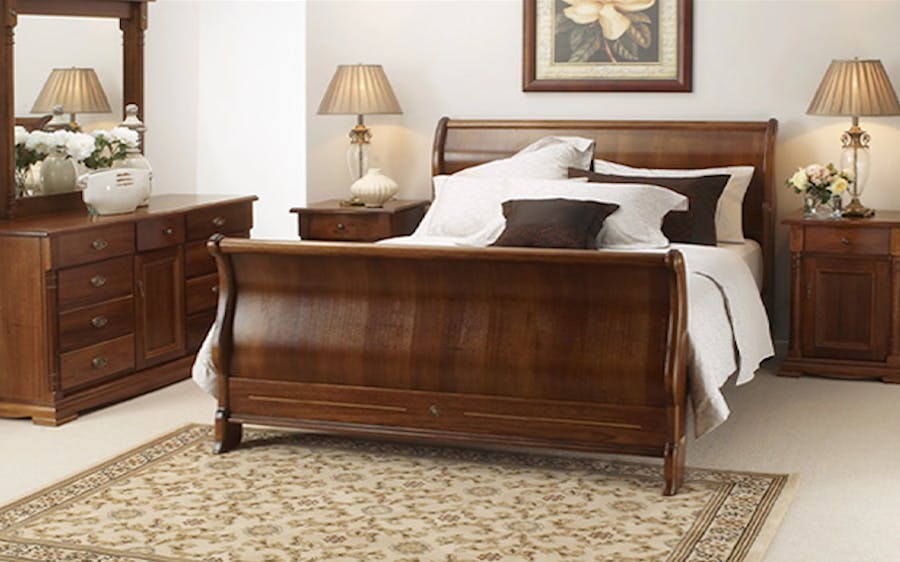
2000s: Modern Romance
During the 2000s there was a shift to classical design made modern. Defined by their distinctive curved headboards and foot-ends, Sleigh beds were one such design. Resembling traditional sleighs, these bed frames offered the ability to evoke a sense of romance and sophistication. Australian homes also began to embrace clean lines and there was an emphasis on functionality.
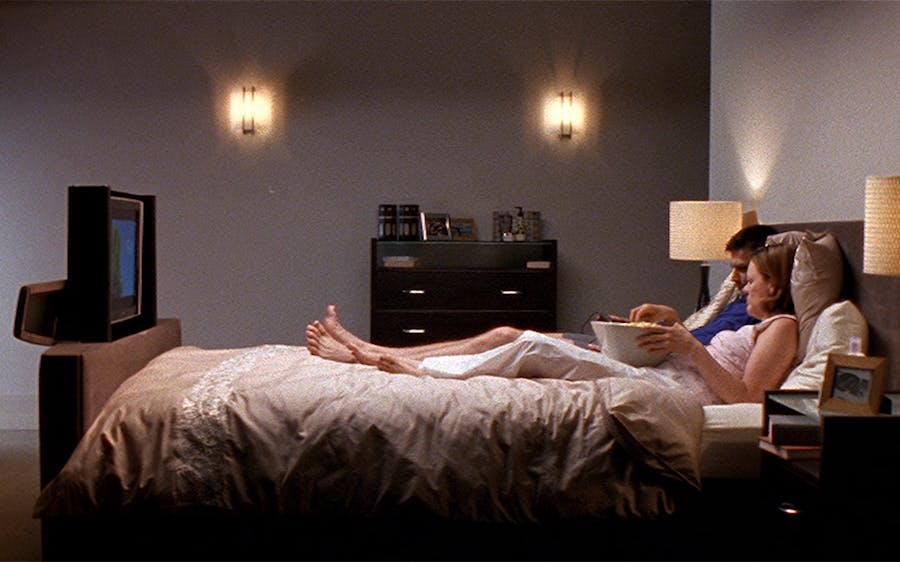
2010s: Screen Time
The bedroom furniture landscape in Australia during the 2010s reflected a desire for modernity, comfort, and versatility. Perhaps a sign of things to come, one key trend of this decade was the rise of the TV bed. Seamlessly blending technology into the bedroom, these bed frames integrated television screens into the foot end of the bed frame, offering the ultimate entertainment and comfort indulgence combined.
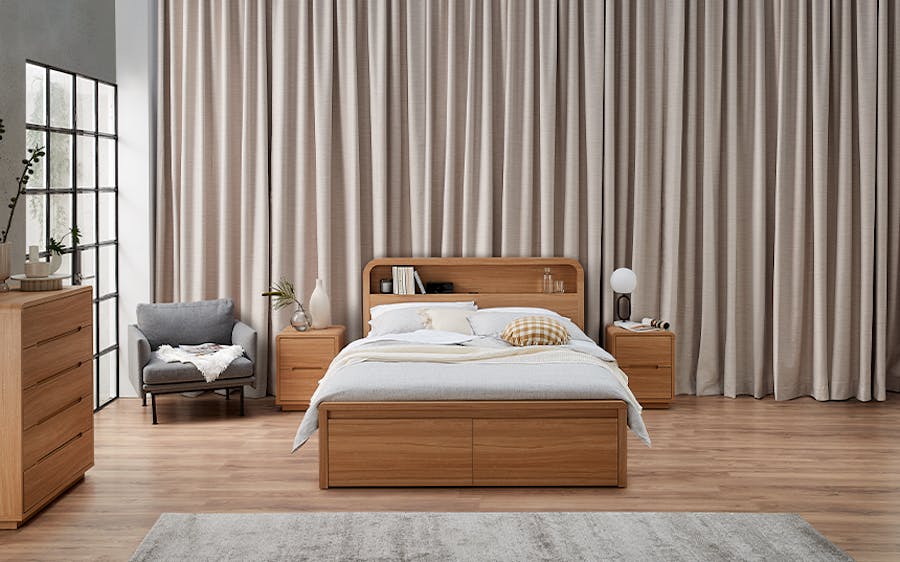
2020s: Fashion Forward
Today Snooze is celebrating 50 years young, as we continue to offer fashion-forward design always underpinned by quality and comfort. Contemporary design is about strong, clean lines with the functionality to support a modern lifestyle. We’re now seeing a lot of natural wood and/or upholstery, often with integrated storage and tech. There is also a significant focus on sustainability, with eco-friendly materials and conscious design choices defining the landscape of modern bedrooms.